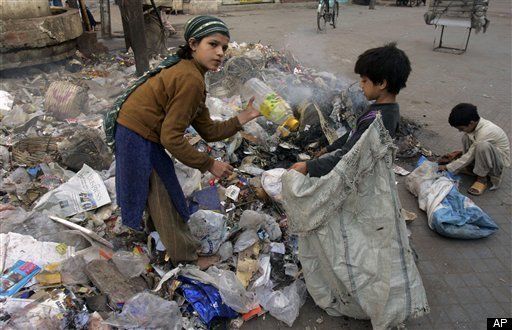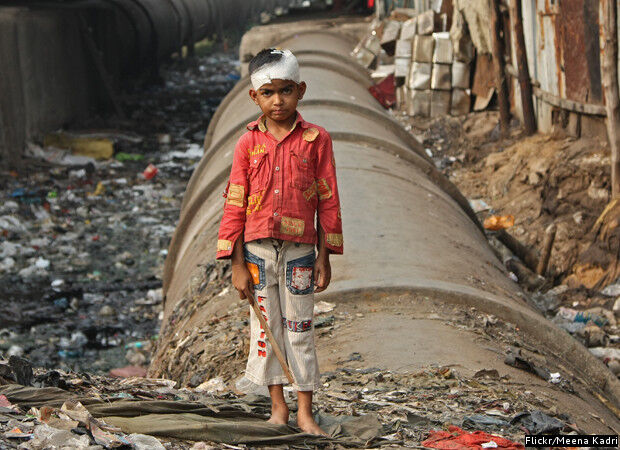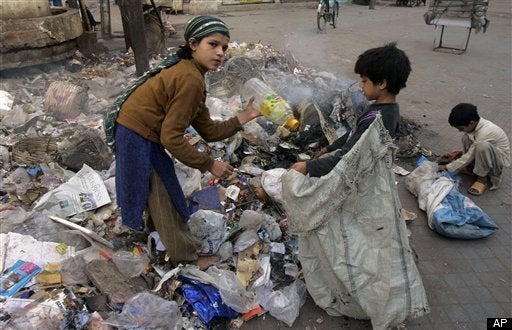
By D N Singh
As we step into the new year, there are a plethora of euphoria all across. It would be a matter of seconds when the clock tiks into 2023. But, for some the life remains the same. Struggle for survival where the mirth of celebration remain pitted in the old times.
The new year may be all about the feelings yet for a section the feelings get pulverised in the thick of doom and dismay.
There is a huge difference between slogans ranting the air and what is at the bottom . The campaign must go on like ‘Beti Bachao, beti padhao’ which, in essence, is the undeniable reality and need.
What here is being discussed is the childhood of millions of children which grows in difficult circumstances, And reality is need. The needs for basic life. Where dream of books remain too far.
How many of us while walking or driving through the big cities stop for a while to witness where the country’s posterity stands.
On garbage-hills at the far ends or even inside the cities or towns where the children can be seen eking out the means of living from the city wastes.

Knowing or not knowing that, they are on a ticking bomb of extreme health hazard. For some, even the life starts there and end there only.
Everything sound shrill and vacuous when we witness the little daughters standing on a heap of toxic garbage yet keep smiling.

Even as on date, when some time back, the world commemorated the World Day of Conservation Of bio-diversity, lets make sure no little heart runs the risk of inhaling the most unhealthy air in and finish as a chronic adult in the years to come.
In a few zones in Bhubaneswar also such scenes are there where the little ones pick their sacks and step out in the day break and scout through the landfills for something that can fetch them a price.
This issue, however, is not new. In the past, many incidents of fire in landfill sites in the national capital, Delhi, have made headlines. Amid poisonous gases emanating from trash burning for several days together, not only are the people living in surrounding areas are troubled, but those working at these sites have little idea of the magnitude of hazard they are exposed to.
It is mostly children who work at these landfills, picking up plastic, iron and other metal pieces, and anything else of any value in the market. This is a means of livelihood for these children and their families.

It is a touching scene, even when it rains or there is a fire in the litter hills, the children can be seen doing their work of collecting waste plastic and other discards. Little knowing that, the gases released are toxic and suffocating. One can barely imagine how difficult it must be to choose between being hungry and breathing healthy.
Our posterity hidden in these children are not the commodities or metals that we have to let them pass through such trying times like steel through hottest fires. But these children pass through the fires of unhygienic expanse with no end.
Life for Mukul is no different, Staying in rail side shanties near Bhubaneswar, the 14 year old starts his day in a similar way. He goes out to collect garbage at day-break, then sort it and sell it. He is one among the family of five to support the expenses in the make-believe house made of rag-tag wastes like polythene and other sheets.
Toxic gases like methane and hydrogen sulfide keep emanating from the garbage. When they burn, carbon dioxide and carbon monoxide are also released. Methane is flammable.
Sambhu, a migrant from Kharagpur staying in Bhubaneswar ‘jhopdies’(slums) had come here with his parents for better. However, after the death of his father, Sambhu became the bread earner quitting studies and began working to run his household and get his sister married.
Aaman, who came here some years back, from Balasore, his entire family is engaged as waste-pickers and education and health are some strange words for them. Aaman although had wished to study but his desires got buried in those garbage heaps.
Many claims have been made by Delhi and Central governments regarding eradication of poverty, education, and health. Yet, 14-year-old Manju could never study, despite being very desirous of going to school because no school admitted her. Her entire family also is engaged in picking and sorting waste from sun rise to sunset.
Books have remained in the back of their memories and education like a dream.
Articles give them the right to education but the bottom realities are different.
When the day-break drives them to the landfills and the evenings force them to the litter whole-sellers for a price that can hardly fill one stomach.
Budgetary allocations are always made by the states and the Center for eradication of poverty, allocated for education.
According to the Central government, for those who are deprived of school education due to poverty, under Sarva Shiksha Abhiyan, children between 6-14 years of age have a Fundamental Right to Education.






